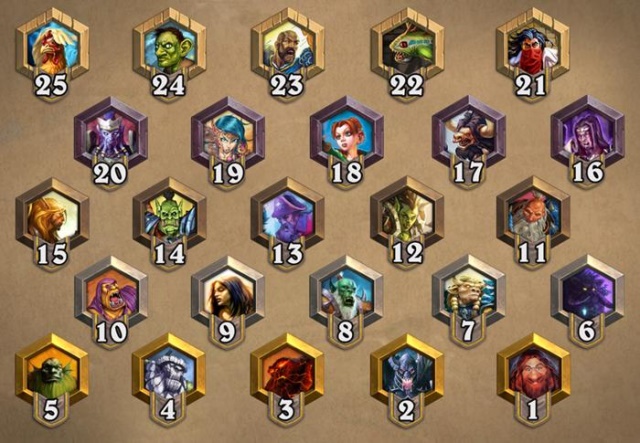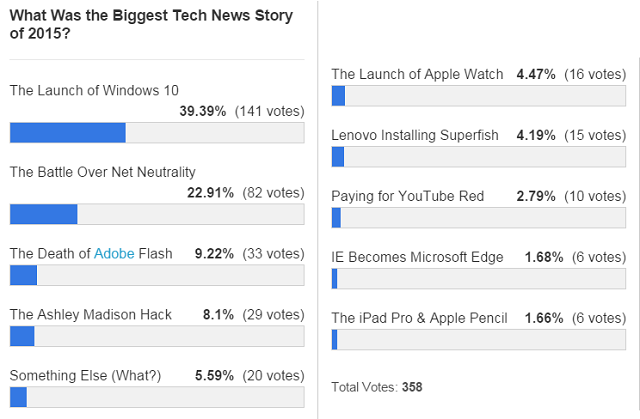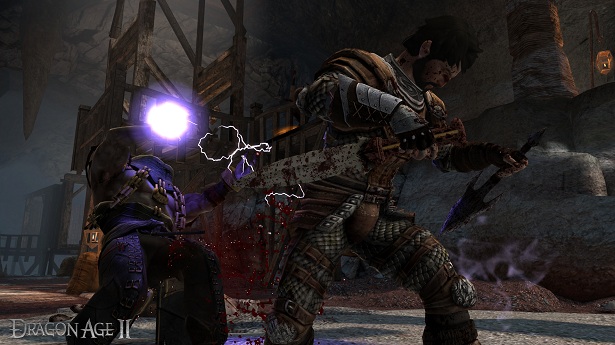

With the first Disney Infinity, Disney Interactive and developer Avalanche Software burst onto the scene with a new vision for the toys-to-life genre. They took what Activision’s Skylanders had been doing, united it with their billion dollar properties and brand, and even threw in some intriguing creation tools for good measure. But, outside of those appealing Disney tie-ins, the first game had a significant amount of flaws. We knew, though, that this was just the first step, and that whatever followed would be bigger and (hopefully) better.
While few will question whether Disney Infinity: Marvel Super Heroes (2.0 Edition) is bigger than that first game, it’s hard to say definitively whether it is better. Avalanche has made some smart changes to the gameplay and the mechanics, and they’ve significantly overhauled the Toy Box creation mode, but many of the game’s shortcomings from last year are still present. In fact, some issues that never even impacted Disney Infinity 1 are actually magnified by Infinity: Marvel‘s new set-up.
Where the first game offered players a set of three characters (Captain Jack, Mr. Incredible, and Sully) and three different Play Sets, Disney Infinity 2.0‘s starter pack includes its own set of Marvel figures (Iron Man, Black Widow, and Thor) but only one Play Set. That means that, out of the box, Disney Infinity 2.0‘s experience is more limited than the one offered by the first game. Having three characters from the same Play Set does allow for co-op out of the box, something the first game didn’t accomodate, but it also means players will need to pay for the other two Play Sets (Spider-Man and Guardians of the Galaxy) if they want to experience all Disney Infinity: Marvel Super Heroes has to offer on day one. It’s a move that, while smart from a business standpoint, further suggests that Disney’s ultimate goal is to sell toys, not to offer engaging gameplay.
Further proof of that can be seen in any of the three Play Sets. It doesn’t matter if it’s Spider-Man, The Avengers, or Guardians of the Galaxy, what is initially engaging for the first few hours eventually becomes tedious and downright boring, even for younger gamers. Each Marvel hero has a basic move set consisting of a standard melee attack, a ranged attack or crowd control move, and a few rechargeable special attacks. However, because the AI is so mindless, most of players’ time will be spent endlessly mashing the melee button, and occasionally dodging. So while it may be fun to switch between heroes on the fly and see what each offers, after a while the lack of discernible combat scenarios or unique enemies overshadows that initial magic. Even the platforming elements of the game are standard faire, challenging the player from only a surface perspective.
Even the story, which is built around a series of errand-like quests highlighted by a few cutscenes, doesn’t give the player much incentive to progress forward. There are Marvel touches here and there, especially the feature films, but the identity only operates on a surface level. Marvel fans may enjoy having the figures and they’ll like playing with a diverse cast, but only for a short time. Once they’ve stayed a while, the game provides little incentive to keep going.
That being said, Avalanche hasn’t simply cut and paste the Disney Infinity formula. They’ve made some smart changes like adding an experience-based skill tree system, better controls for combat, and new flight mechanics for certain Marvel characters, but it’s not nearly enough. Few could fault Avalanche for incorporating fan feedback on the first game, but clearly the one year turn around hasn’t afforded enough time for evolution. Once again, they have a decent base to work off of, but the game still feels too simplistic.
For that matter, Disney Infinity: Marvel Super Heroes has traded the unique gameplay opportunities of the fist game for some same-y, combat-focused sequences. Whereas in 1.0 each Play Set felt unique, this game’s three options blend together in both personality and gameplay style. Sure, each has its own flourishes, like Guardians’ turret sequences for example, but the individual Play Sets don’t do enough to differentiate themselves like they did in the first game.
Where the game does shine however, is in its presentation. Visually, this is a much sharper Disney Infinity experience and the design of each character and world fits well within this specific aesthetic. The next-gen systems also help give an added bit of punch to the game’s skyboxes, making each Play Set’s hub world feel more detailed and alive. There were a few frame rate hitches on the PS4 version but nothing terribly troublesome.
And while the combat might be generic and basic, there is still some fun to be had with it. Obviously, Disney Infinity is a family-friendly experience, and in that regard it’s easy to see kids enjoying their time with the game. They might get bored a little quicker than anticipated, and older gamers will have a hard time drawing anything meaningful from the experience, but it’s polished enough not to be considered “bad.” Whether or not people will find it boring however, is another issue.
Amidst all this talk of disappointment and mediocrity, though, there is one solid improvement for Disney Infinity: Marvel Super Heroes (2.0 Edition) that needs no qualification. Toy Box 2.0 takes the first game’s creation engine and makes it even easier for novice players to create fully-realized worlds and gameplay experiences. AI smartly helps do the leg work for less experienced players, and the robust tool sets ensure veterans can tweak even the most minute details.
Toy Box also adds a series of mini-games to the mix that extend the gameplay experience even further. Players are ultimately still using the same characters and combat, but with options like an isometric dungeon crawler or tower defense, there’s the potential for endless hours of fun. In fact, it actually feels like more effort when into making Toy Box unique and special than the actual Play Set campaigns. However, getting players interested in creation tools is typically a tall order, even if Toy Box 2.0 is absolutely worth a look.
It’s a shame to say that those who dismiss Disney Infinity for being a platform for selling toys are mostly right, but 2.0 Edition fails to make a strong opposing case. The story, gameplay, visuals, and presentation are all fine, but everything is still too simplistic to be engaging on anything but a surface level. And the fact that gamers only get one Play Set out of the box is even more disappointing.
Every Play Set does have its moments and its appeals, and the Infinity figures are all well made (if ultimately a little pricey). But it’s hard to imagine gamers will sink dozens of hours into the Play Sets and come away satisfied. Rather, they’ll have fun popping the disc in every now and again, with or without some younger gamers, before being quickly reminded how tedious the basic set-up gets after a time. And really it’s only those gamers who go through the Toy Box 2.0 mode that will reap the most rewards from the game.
When Disney Infinity first announced a partnership with Marvel we expected big things but would have settled for an improved version of the middle-of-the-road first game. Unfortunately, Disney Infinity: Marvel Super Heroes (2.0 Edition) only barely clears that bar. And because of that it’s actually more disappointing than anything else.
Disney Infinity: Marvel Super Heroes (2.0 Edition) is available now for PC, PS3, PS4, Vita, Wii U, Xbox 360, and Xbox One. Game Rant was provided a PS4 copy for this review.
Follow Anthony on Twitter @ANTaormina



